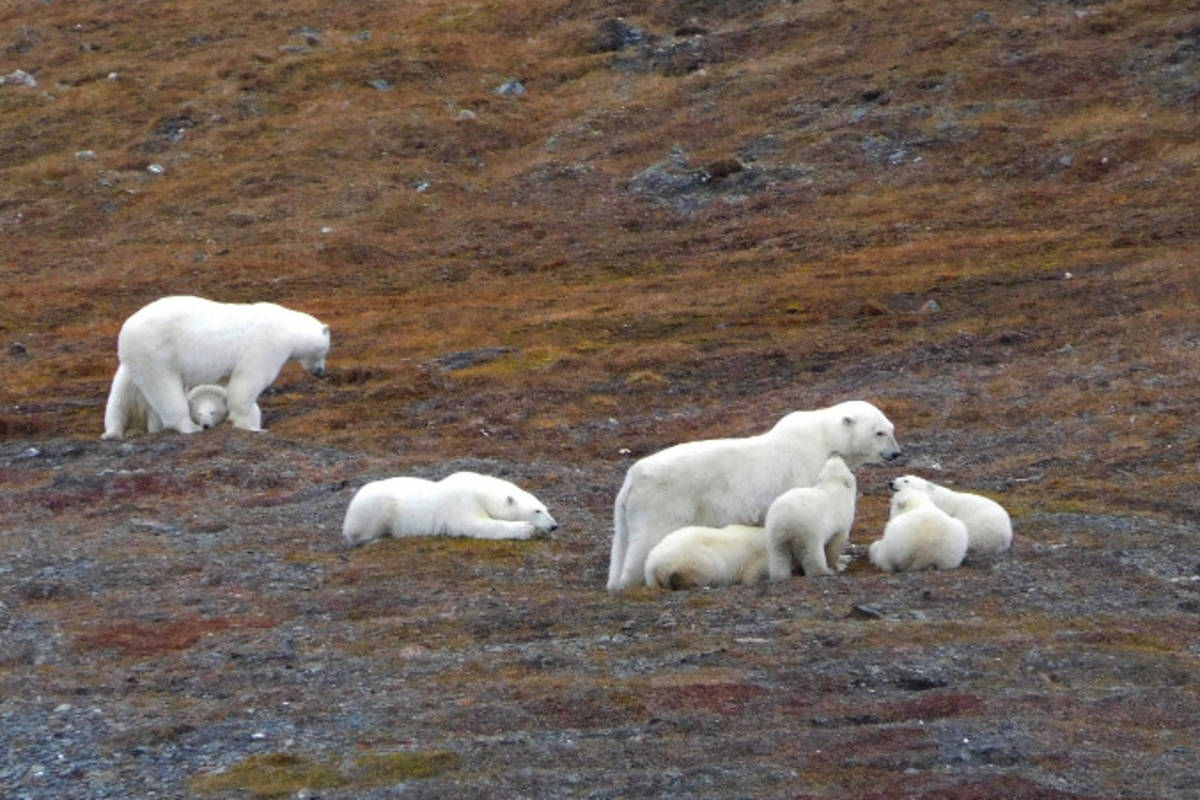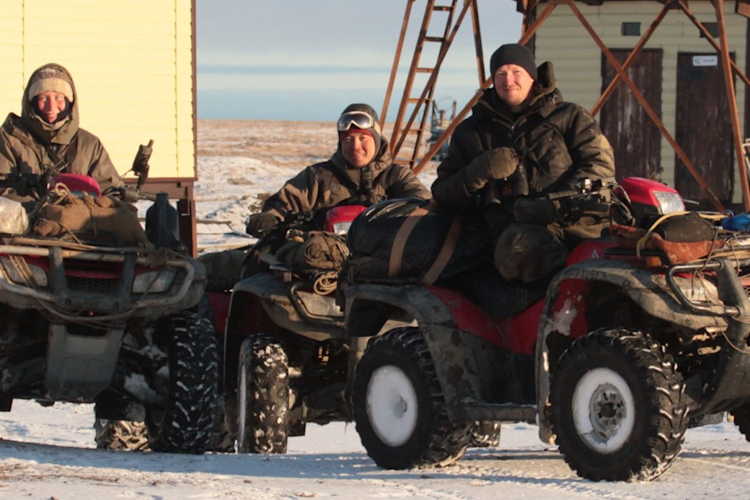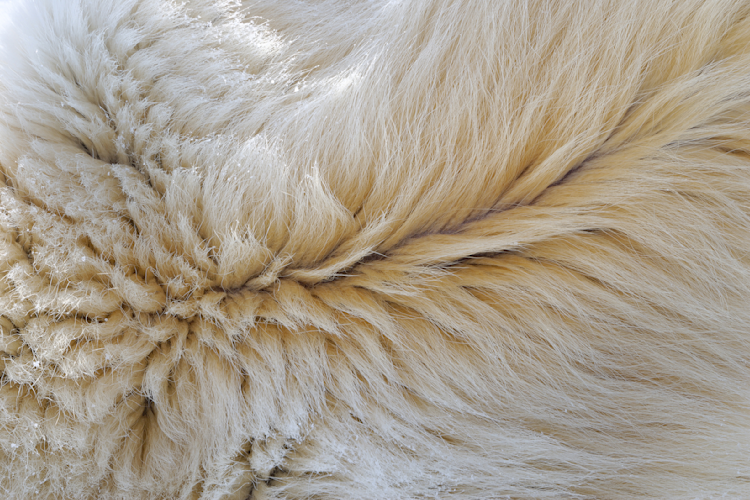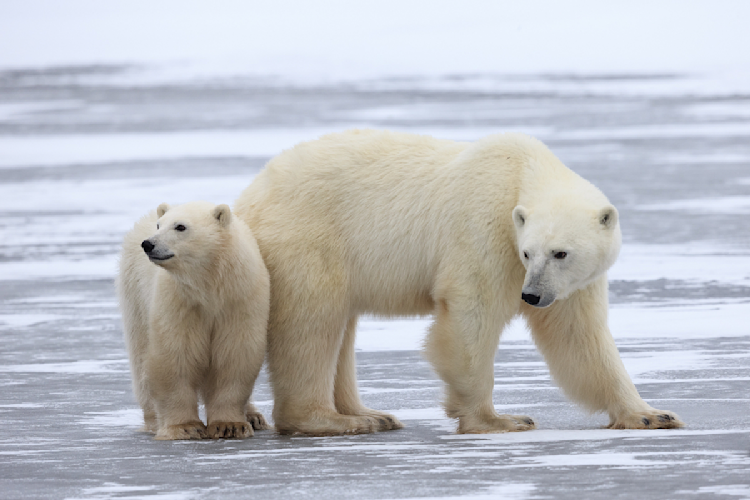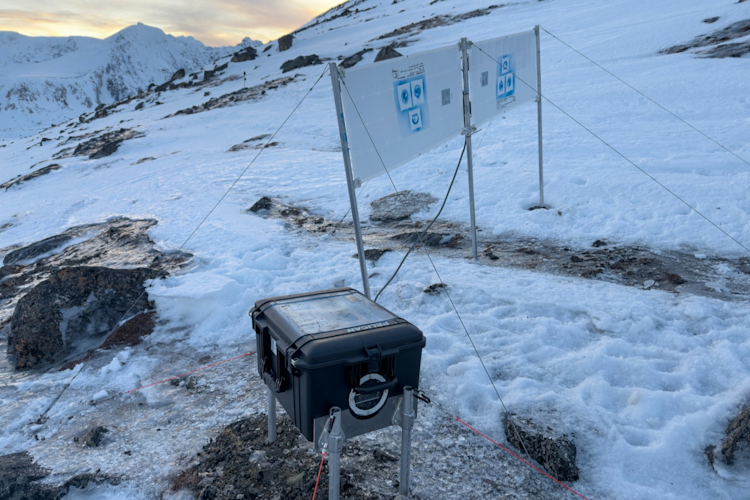By Dr. Eric Regehr
In 2020 the mental, physical, and financial health of people around the world were impacted by COVID-19. Effects of the pandemic included shutting down research projects across the Arctic, resulting in lost resources and data gaps, at a time when budgets were tight and the region was experiencing unprecedented environmental change. The Chukchi Sea polar bear population, however, provided some welcome good news—both in terms of how the bears are doing and a unique U.S.-Russia collaboration that allowed research to continue during COVID-19.
The Chukchi Sea population consists of about 3,000 polar bears that spend most of the year on the sea ice of the Bering, Chukchi, and East Siberian seas. Polar bears are among the most mobile four-legged animals in the world and this population is no exception, with animals moving frequently between American and Russian territories.
In 2008, the U.S. Fish and Wildlife Service started research on the Chukchi Sea population that involved traveling out over the ice in a helicopter and temporarily immobilizing 50-100 bears each spring. That study found that, from 2008–2017, the Chukchi Sea bears had good body condition (i.e., fatness) and reproductive success despite sea-ice loss resulting from climate warming, likely due to the high biological productivity of the region.
Starting in the late 2010s, however, the spring sea ice west of Alaska became much thinner and, in some areas, began melting completely by May. This made helicopter-based research too dangerous, and it became clear that another approach was required to continue studying these bears.
Enter Wrangel Island, a 7,600-square-kilometer protected area north of Siberia. Each summer when the sea ice melts, a large portion of the Chukchi Sea population comes to Wrangel to rest until the ocean refreezes. Pregnant females give birth in snow dens on the island until emerging with new cubs in the spring. These factors make Wrangel a perfect place to study bears while they occur in relatively small area (relative to the vast Arctic Ocean) at a high density.
In 2016, American and Russian scientists began working together to study the bears on Wrangel and, by 2019, had collected data on the habitat use, body condition, and reproduction of over 1,600 polar bears. Researchers also used noninvasive methods to collect genetic samples from over 100 animals, which provide information on the bears’ health, contaminant levels, diet, and relatedness to each other and to bears in other populations.
Goals of the project included establishing survey methods to collect consistent data from year-to-year and building capacity among staff of the Wrangel Island State Nature Reserve to conduct research independently. This paid dividends in 2020, when trained and experienced Russian staff conducted research without American participation due to COVID-19. Ulyana Babiy and Pavel Kulemeev, scientific staff with the reserve, together with ranger Denis Vasiliev (photo below), performed 763 kilometers of ground-based observational surveys and collected data on a record 747 bears. Although we had optimistically hoped things would be back to normal in 2021, travel restrictions are precluding American participation this year, but fortunately the Russian team is once again there to complete the work.
